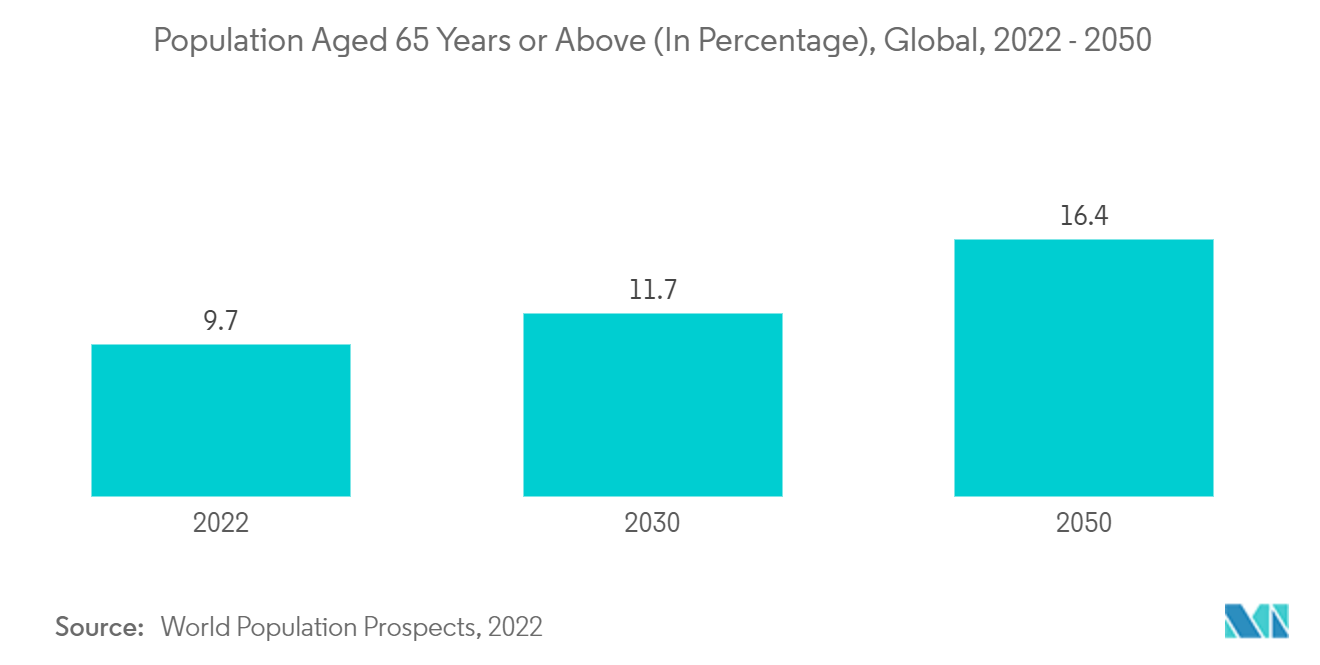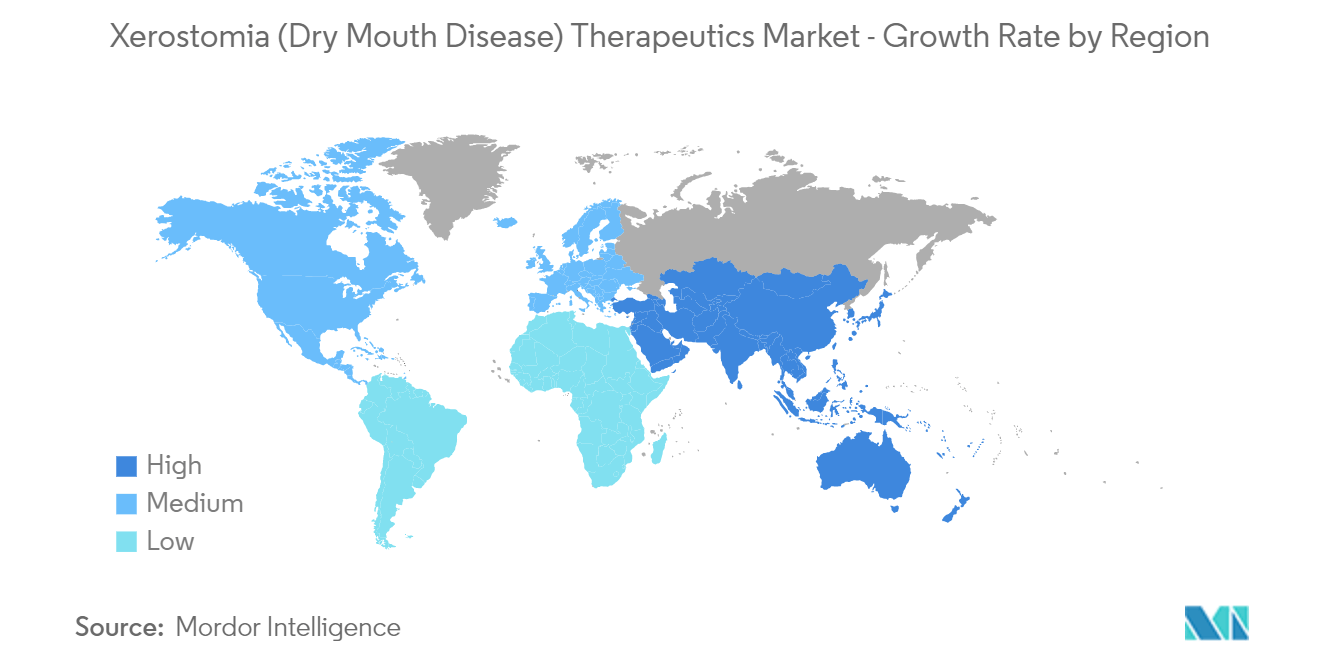Market Trends of Global Xerostomia (Dry Mouth Disease) Therapeutics Industry
This section covers the major market trends shaping the Xerostomia (Dry Mouth Disease) Therapeutics Market according to our research experts:
Artificial Saliva/Saliva Substitutes Segment Expected to Dominate the Market Over the Forecast Period
The reduction of saliva in the mouth can lead to tooth decay, mouth infections, an altered sense of taste or smell, difficulty in swallowing, pain, and many other complications. Artificial saliva is a liquid or aerosol product that is sprayed into the mouth. They are designed to moisten and relieve the pain and discomfort of chronic dry mouth, especially with regular use. Many artificial saliva sprays and gels claim to work for up to two hours, and many users require more frequent applications to maintain moisture in the mouth, which can greatly interfere with sleep and daily activity. Several saliva sprays and gels also have a reputation for strong and unpleasant flavors, though a recent increase in the use of naturally sweet xylitol has led to the availability of better alternatives.
Factors such as the growing burden of dry mouth disease and increasing research studies are propelling the growth of the market segment. For instance, the article titled "Artificial Saliva in Diabetic Xerostomia (ASDIX): Double Blind Trial of Aldiamed Versus Placebo" published in July 2020, concluded that the use of Aldiamed spray was shown to be more effective than a placebo in the treatment of xerostomia in type 1 and type 2 diabetes. Such studies demonstrate that saliva substitutes are effective for the treatment of xerostomia. The mentioned source also reported that the dry mouth symptom is one of the most common oral complaints in patients with diabetes mellitus. Moreover, the prevalence of xerostomia and hyposalivation has been reported to increase with age. The study also projects that there may be increasing demand for saliva substitutes in the coming years as the burden of diabetes mellitus and the geriatric population is expected to show rapid growth in the near future.
Hence, owing to the aforementioned factors, along with the rising disease burden and availability of over-the-counter artificial saliva products, the segment is expected to register steady growth during the forecast period.

Asia-Pacific is Expected to be the Fastest Growing Region Over the Forecast Period
The Asia-Pacific region is expected to register lucrative growth over the forecast period due to factors such as growing healthcare expenditure, an increase in initiatives for raising awareness, and the rising prevalence of diseases such as diabetes, HIV, cancer, and Parkinson's disease that cause dry mouth conditions.
Cancer rates are increasing drastically in the Asia-Pacific region. For instance, according to GLOBOCAN 2020, there are 9,386,454 new cases of cancer in Asia, and it is projected to reach 14,229,878 by 2040. Emerging economies, such as China and India, have adopted both health and industrial policies to encourage the domestic production of cancer drugs, which is leading to lower therapy costs. Lower therapy costs, coupled with increasing awareness about cancer, are leading to higher adoption of chemotherapy and radiotherapy. The increasing burden of cancer leads to greater adoption of radiotherapy and chemotherapy, along with the dry mouth conditions associated with the treatments. Thus, this creates the need for therapeutics for treating xerostomia, which ultimately boosts the market growth in the region.
Also, as per the article titled "An Update on the Lived Experience of Dry Mouth in Sjögren's Syndrome Patients" published in November 2021, dry mouth is a significant condition that impacts the daily lives of people with Sjögren's Syndrome (SS). As per the same source, in the Sjögren's International Collaborative Clinical Alliance (SICCA) registry of 1578 SS participants, 90% reported symptoms of dry mouth. Furthermore, the article titled "Analysis of medication-induced xerostomia in elderly Japanese patients", published in September 2021, stated that the risk of xerostomia also increases with age as the number of medications the elderly population consumes tends to increase. Hence, the increasing prevalence of chronic diseases results in the increased use of medications, thereby resulting in dry mouth.
Thus, the aforesaid factors are likely to boost the growth of the market in the Asia-Pacific region.

